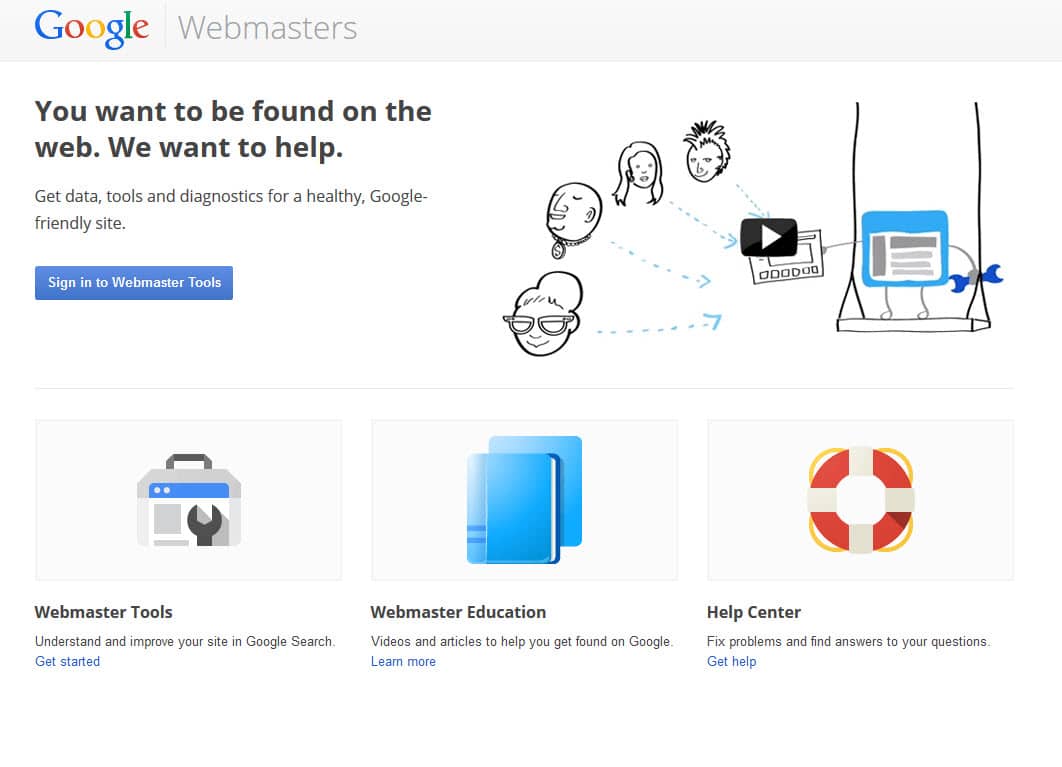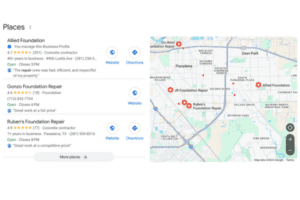SEO (Search Engine Optimization) is a term most people are familiar with already. But, do you really know what it means today? This is a question we get often, as well as how it relates to businesses and their success.
SEO is the process of ensuring your company website is visible to potential customers when they search for you on Google, Bing, or any other web search site. Accomplishing it can sometimes be a daunting task that may leave you feeling like you’re chasing your tail.
A properly ran SEO campaign is dynamic. What was once “best practice” continues to change as the search engines modify their algorithms (the way they calculate if your site is what the user is searching for). Today, the best way to think of this process is this:
- A user enters their search in the search bar
- The search engines scour the web, formulating what they think the user is searching for
- The search engine then returns a list of possible matches and based on what is displayed the user clicks on one, and hopefully you have done everything right and it’s YOU!
The first step most people are familiar with, so I’m not going to go into much detail there.
The second step, this one is a little trickier and this is where the almighty algorithms play their part. When I say the search engine scours the web, they are looking for things like:
- Does your website contain quality content that it perceives the user is looking for?
- Is your company active on social networks?
- Does your website follow best practices with META information?
- Are you using proper Schema on your site?
- Are you constantly providing new and great content, WITH CONTEXT?
These are just a few of the pieces of the puzzle that all together result in good SEO for your business. To accomplish this sometimes takes a bit of effort. Your business takes effort as you grow and expand and we recognize that as a part of owning it. To market your business takes effort as well and SEO is the first key to ensuring you are visible to the over 3.5 billion Google searches daily!
The best place to start is by ensuring your website META is up to speed. Follow these simple guidelines to begin with.
After you have ensured all of your META is right, let’s make sure that your site has been submitted to Google and Bing Webmaster tools. How do we find these?
Webmaster Tools
You’ll want to ensure that you have set up a Google and Bing webmaster tools accounts. Submitting your website to these accounts really allows you to see what is going on with your site, how people are getting there and how they are interacting with your company online. This is just basic but valuable information. A great thing about webmaster tools is you get ALL the keywords that are being used to find your site and don’t end up with the “Keyword Not Available” like other tools.


Sitemap
You’ll want to ensure that you submit a sitemap for your website as well. A great place to generate a free on is http://www.xml-sitemaps.com/ . After you generate and download the sitemap you’ll need to upload it to your web server. If you’re using a CMS (Content Management System) there are plugins that will take care of this for you and can be found by searching for it. Most SEO plugins for WordPress and Joomla have this integrated as a feature.
When your sitemap is generated and uploaded to your web server in the root folder, you’ll want to go back to webmaster tools and let them know where it is. Back under the crawl menu in Google Webmaster Tools, choose sitemaps and enter it there.
Content
Ok, we have the basics completed; let’s start working on content. Content is your blog to begin with. You’ll want to start writing about things you know. Things your customers want to know. Just like you are reading this post as an example. Each blog post you write should focus on one keyword that you identify from your research (Webmaster tools is great for this). Focus the content around that keyword because that’s what people are searching for. A key here is don’t use it too much or too little. A good rule of thumb to remember 3-5 times in a 600 word blog post and you’ll be good. Too much is often referred to as “keyword stuffing” and this isn’t good, don’t do it! We’ll be going into a lot more detail on content generation in another post later.
Social
You have the content written now. Now what? You want to let the world know about that awesome blog you just wrote, right? Social media is the best avenue to do this on! Take bits and pieces from your post that tell what it’s about and use Twitter, Facebook, LinkedIn and GOOGLE + to share that great content. The more you have, the more attractive your social posts are, the more traffic you’ll drive to your website.


Conclusion
These are the basics to understanding and executing a good SEO plan for your company. Many more intricacies are involved, but these will get you started in the right direction. Additionally, these strategies use Inbound Marketing in its basic form. Combining the two is the key to achieving search engine optimization.
The biggest thing I can stress, is don’t give up! You didn’t with your business, don’t with your marketing. It will drive you to the next level you are working for.
After your first blog post, rinse and repeat. It will take a bunch of them (probably 60-90 days) to start seeing some real traction and results. It takes work and dedication, but you can do it. We’ve found the best practice is to block time off each week to write blogs. It’s important! Your business success depends on it now!















